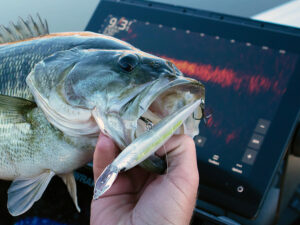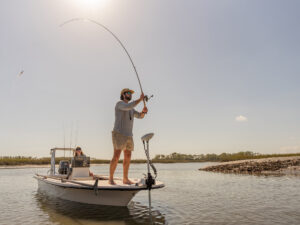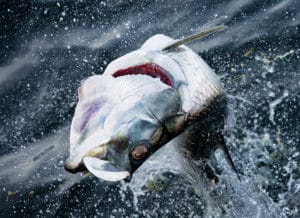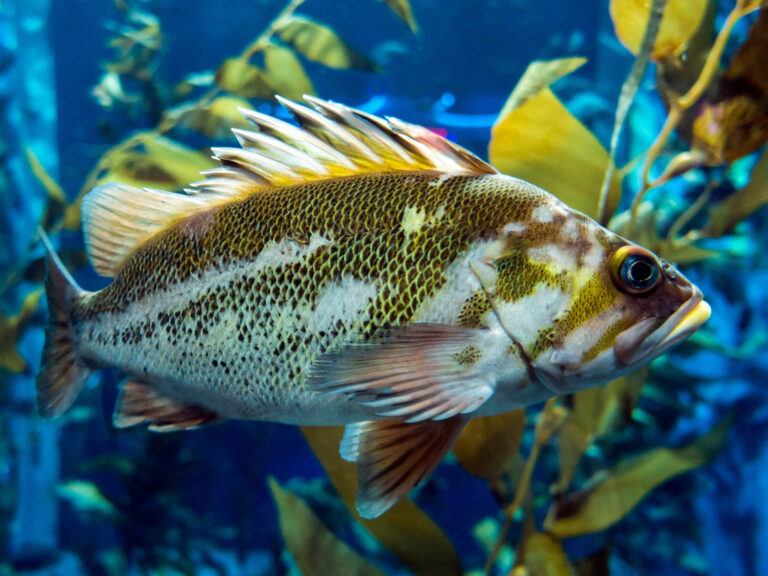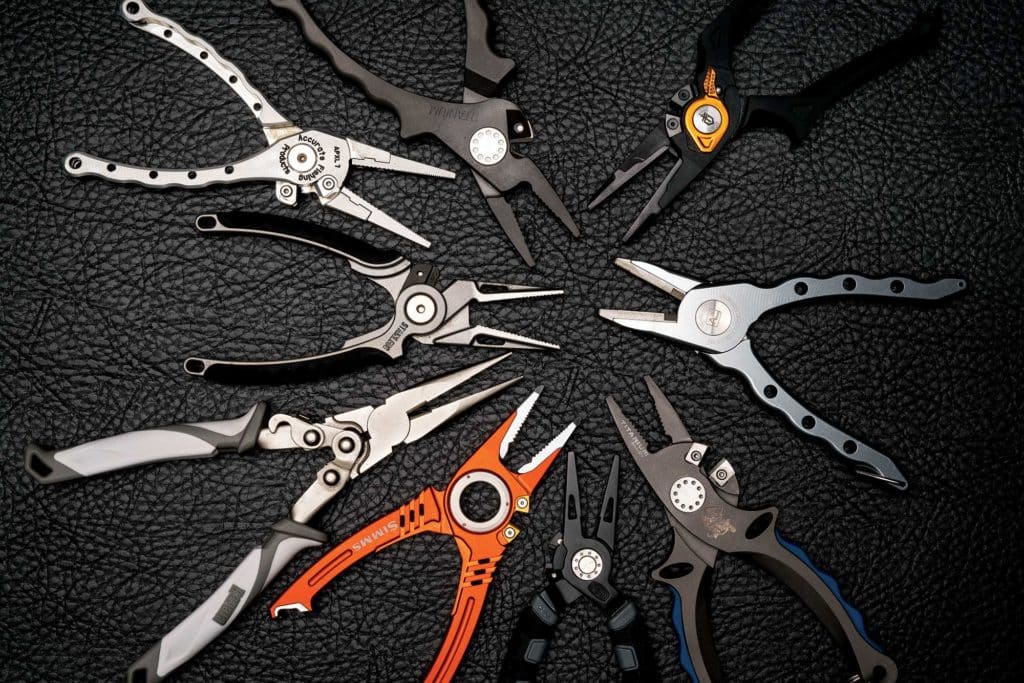
If you’re anything like me, you’ve used pliers to pull hooks out of everything from fish to fingers to furniture. You’ve used them to clip, snip, crimp, clamp and grip. You’ve probably dropped a pair or three overboard, snapped off a jaw or two, bent some cutters, and watched cheap pairs of fishing pliers rapidly turn into unusable chunks of corrosion.
You also may have noticed that virtually every professional guide has a pair of high-quality fishing pliers strapped to their hip each and every time they leave the dock. Pliers are the indispensable do-everything tool that anglers find invaluable — assuming they have the right tool for the job.
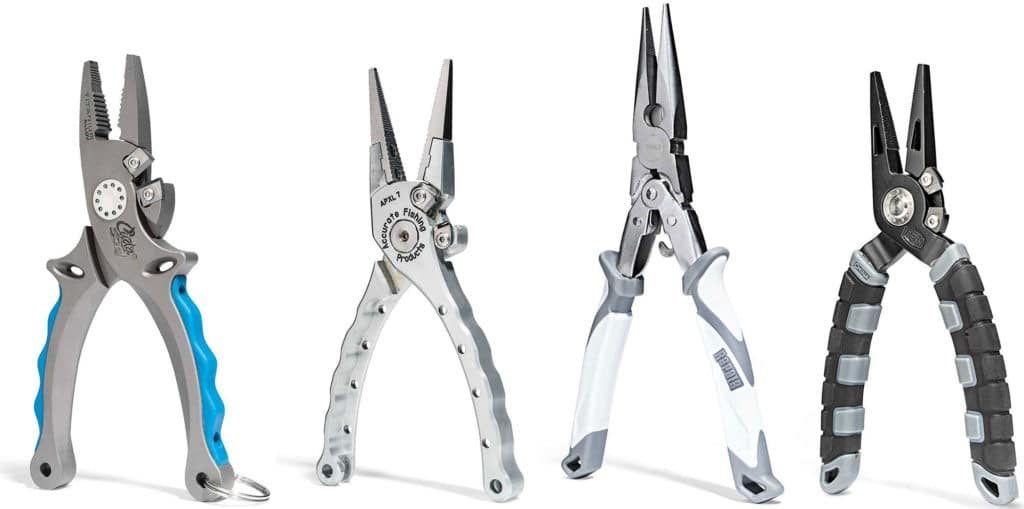
Angling Elementals
So, how do you know which pliers to choose? Much of the decision boils down to personal preference and budget. “Every angler will have their own preferences,” says Stephen Britt, manager of brand development in charge of pliers for Penn. “If they’re looking for premium features, the higher price of a very expensive pair can be justified. If anglers simply need the basics, the most inexpensive pliers might suit their needs. This is a category where you get what you pay for. But when designing pliers specifically for fishermen, there are a number of must-haves.”
Britt boils down the necessities to:
- Durability.
- Textured jaws that allow for a solid grip on hooks and/or wire.
- Having a sheath with a lanyard and attachment points on the pliers.
- Ergonomic, nonslip handles.
- Cutters capable of snipping both mono and braid.
He adds that having replaceable parts is a plus, because even the highest-quality pieces can be broken and the very best blades can eventually dull. Another feature many people like is knot-cinching notches because it’s safer and easier to apply tension on the line without holding the hook in your bare hand. Britt also points out that some anglers like spring-loaded models, which make for easier one‑handed operation.
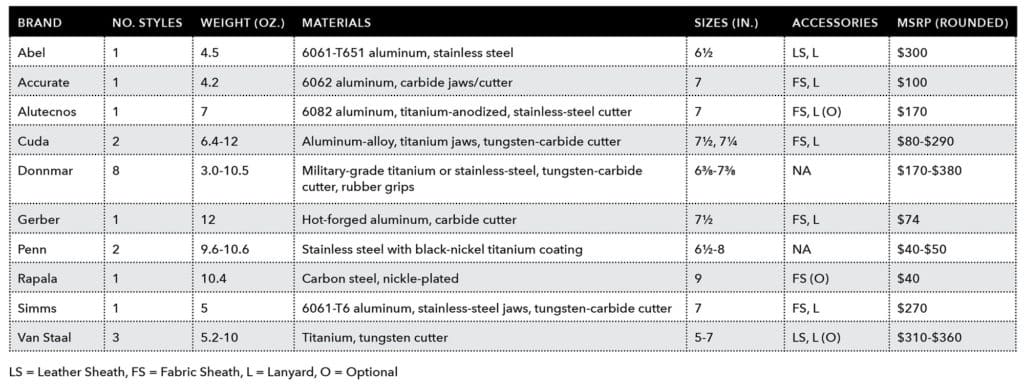
Mark Kratz, national sales manager for Rosco Inc., which makes high-end Donnmar pliers, believes that when an angler chooses fishing pliers, there are many factors to consider — but the bottom line comes down to construction quality.
High-end pliers aren’t for every angler, he says, “but for guides and for people who spend a ton of time out on the water, top quality is important. You want cast stainless steel or titanium. Full titanium, not just a coating. You want tungsten-carbide cutters, and components that are handmade and then tested, not mass-produced.”
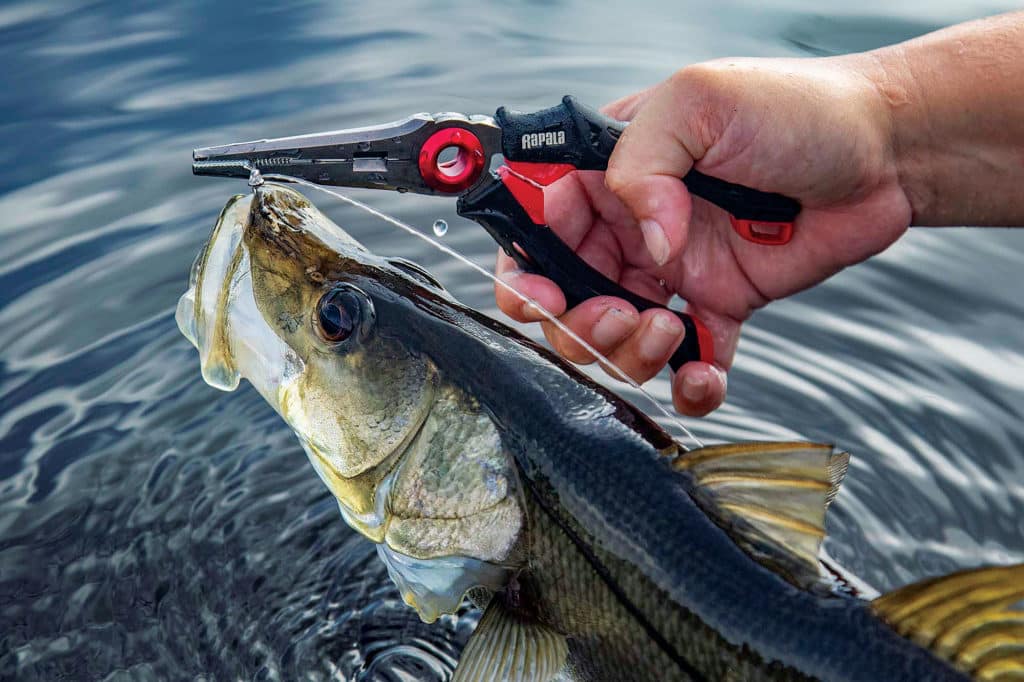
Great Expectations
Interestingly, there’s a huge price leap between inexpensive fishing pliers and the best of the best. You can buy a decent pair of pliers for $50 or so, but then the price ramps up substantially and commonly runs north of $300. Kratz again says this comes back to quality, and notes that the Donnmars (which top our chart for pricing) are entirely handmade in the USA. “That’s pretty rare,” he says. “And when you look at the grooves in one of our pairs of pliers, you know that each and every one of them was ground in by hand, by one person.”
Kratz says pliers built in this way are truly meant to last a lifetime. In the case of very high-end pliers like these, even after decades of use, you might be able to sand-blast them, clean them, replace the cutters, and re-treat the metal to prevent corrosion. He also mentions that being able to replace cutters is a key feature to look for because this is the part that most commonly gets dull or damaged.
Another brand of fishing pliers made in the USA is Accurate’s Piranha pliers. Accurate’s past vice president of marketing, Ben Secrest, agrees that finding pliers made here at home is both unusual and important. “We know what materials we’re putting in, and we can test things here,” he says. “We machine the 6061 T6 aircraft-grade aluminum ourselves. We can design for minimal weight but with precision and strength. And we can fix any problems that might arise quickly.”
He notes that when Accurate saw room for improvement with the common cutters that didn’t extend back far enough (line sometimes slides beyond the cutting edge, making them tougher to use), they were able to change the design. Since both the design and manufacturing all takes place in-house, in short order they were able to modify the cutters to catch the line quickly and easily.
Like Kratz, Secrest believes that replaceable parts are a critical aspect of better pliers. He points to the ability to replace Accurate’s cutters, as well as the pliers’ jaws. High-quality cutters will cut both monofilament and braid for years, he says. “But people sometimes try to pry things or cut thick wire, and these parts can get damaged on any pair of pliers. That’s why we design all of these parts to be replaceable.”
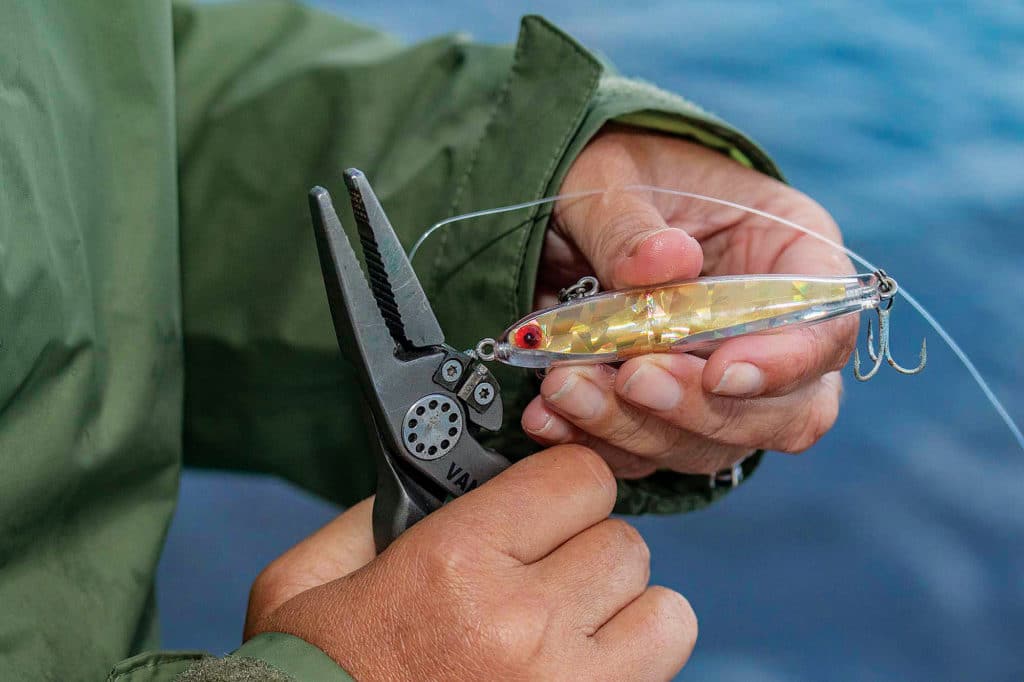
Common Sense and Basic Care
Britt points to maintenance and care as factors that significantly impact how long a pair of pliers will last. “Good care means different things to different anglers,” Britt says. “If reasonably priced pliers are treated with the ultimate in care, they could last a lifetime, although you might need or want to replace the cutters at some point. But with normal use, a freshwater rinse at the end of the day, and storage in a dry environment mean most anglers can expect pliers to last three to five years.”
Read Next: ICAST 2018: New Fishing Tools and Accessories
Britt also provides a note of caution, mentioning that some things can drastically shorten the pliers’ life span. Obviously, submerging them in salt water or dropping them in sand isn’t a good idea. But Britt also specifies not scrubbing pliers with a wire brush, which can remove the protective coatings that some manufacturers apply. Prying on objects in ways never intended for fishing pliers (like trying to pry a bent anchor shackle back to form) is another good way to damage a pair of pliers.
The bottom line: Consider pliers’ materials and design as well as cost. A $50 pair might very well do the job, and replacing them every two or three years won’t break the bank. But a much more expensive pair might be best for some anglers, who can then count on them for many more years of service. No matter what type of fishing you enjoy, few tools have more uses than those clipping, snipping, crimping, clamping and gripping fishing pliers strapped to your hip.

